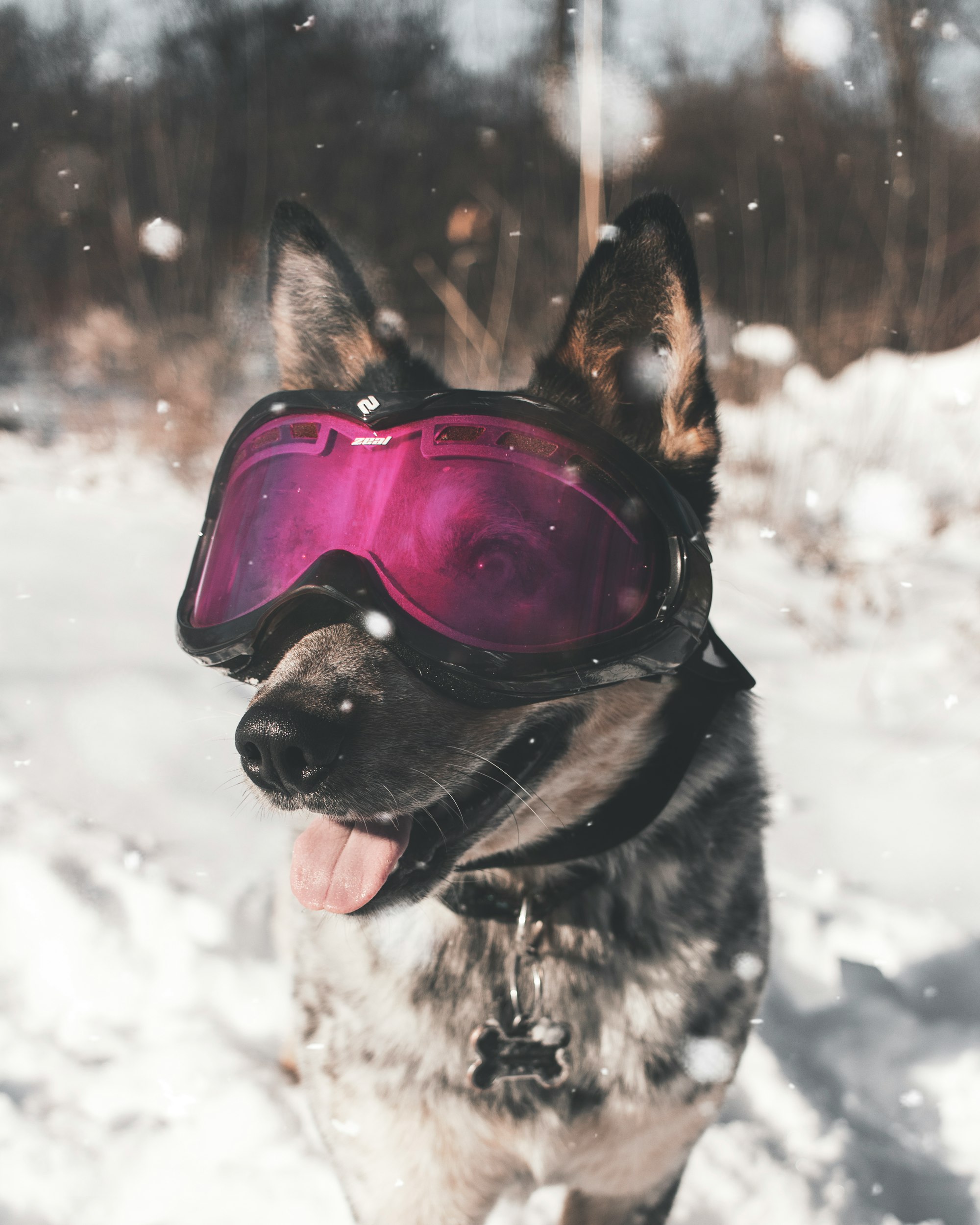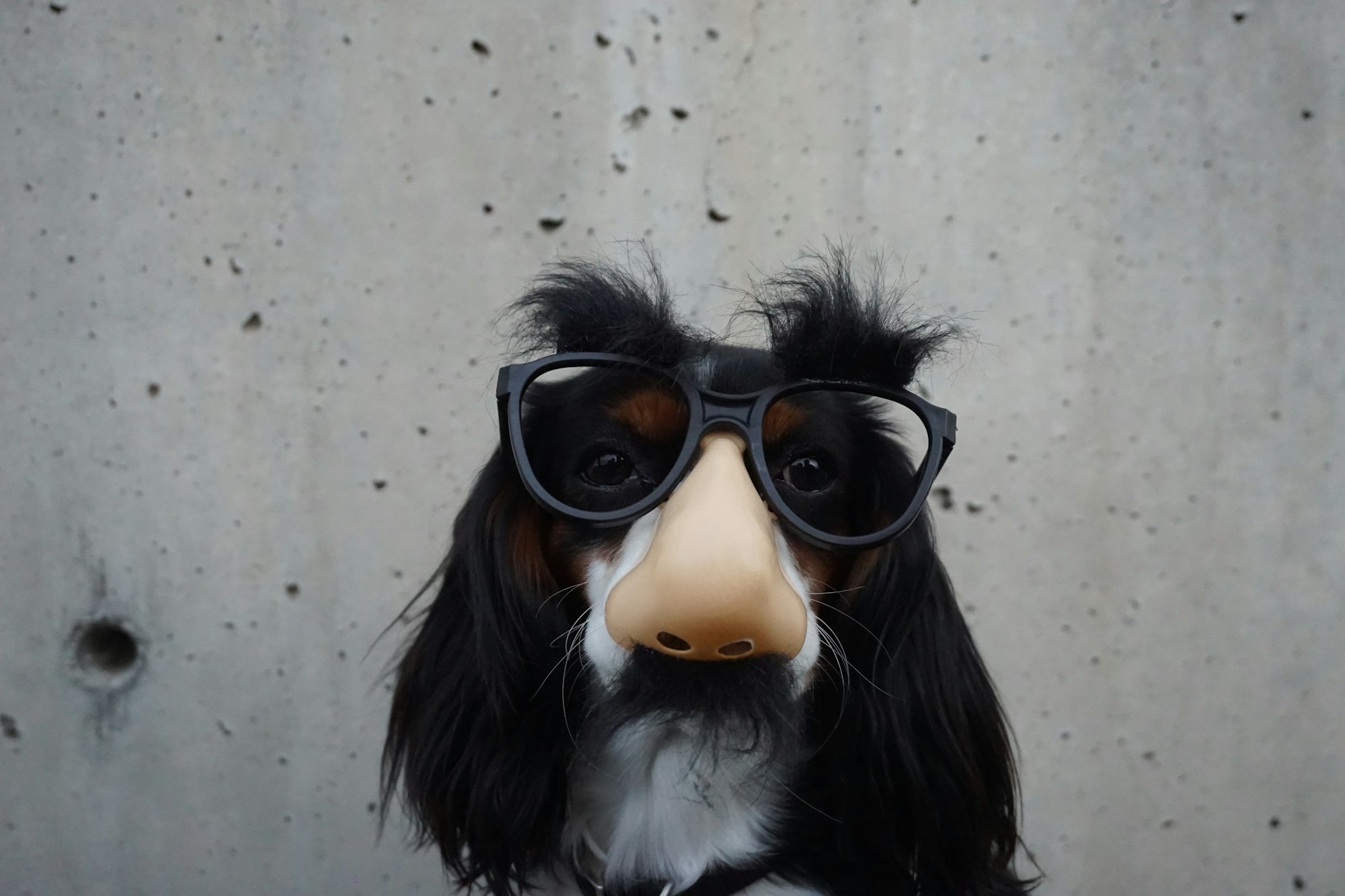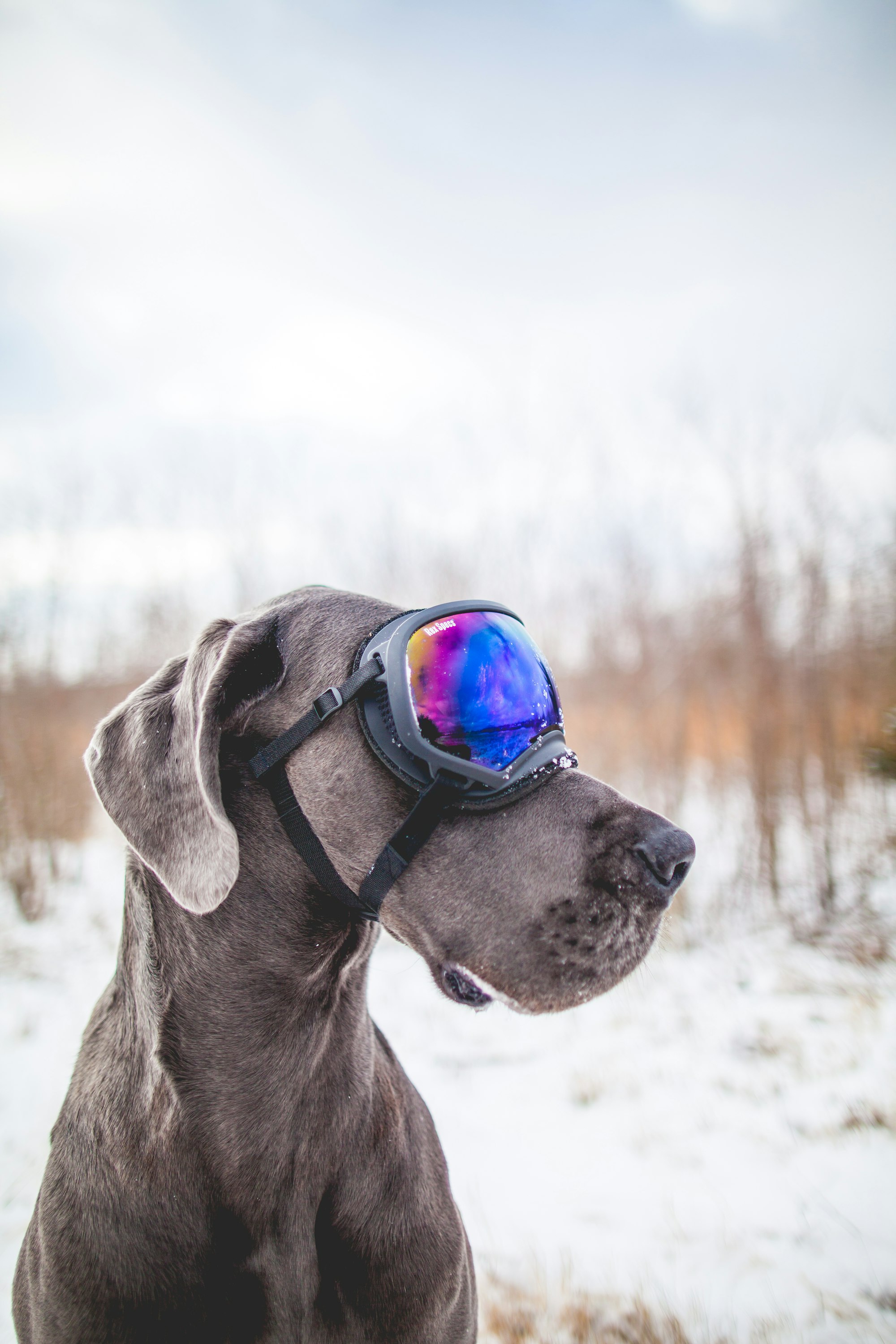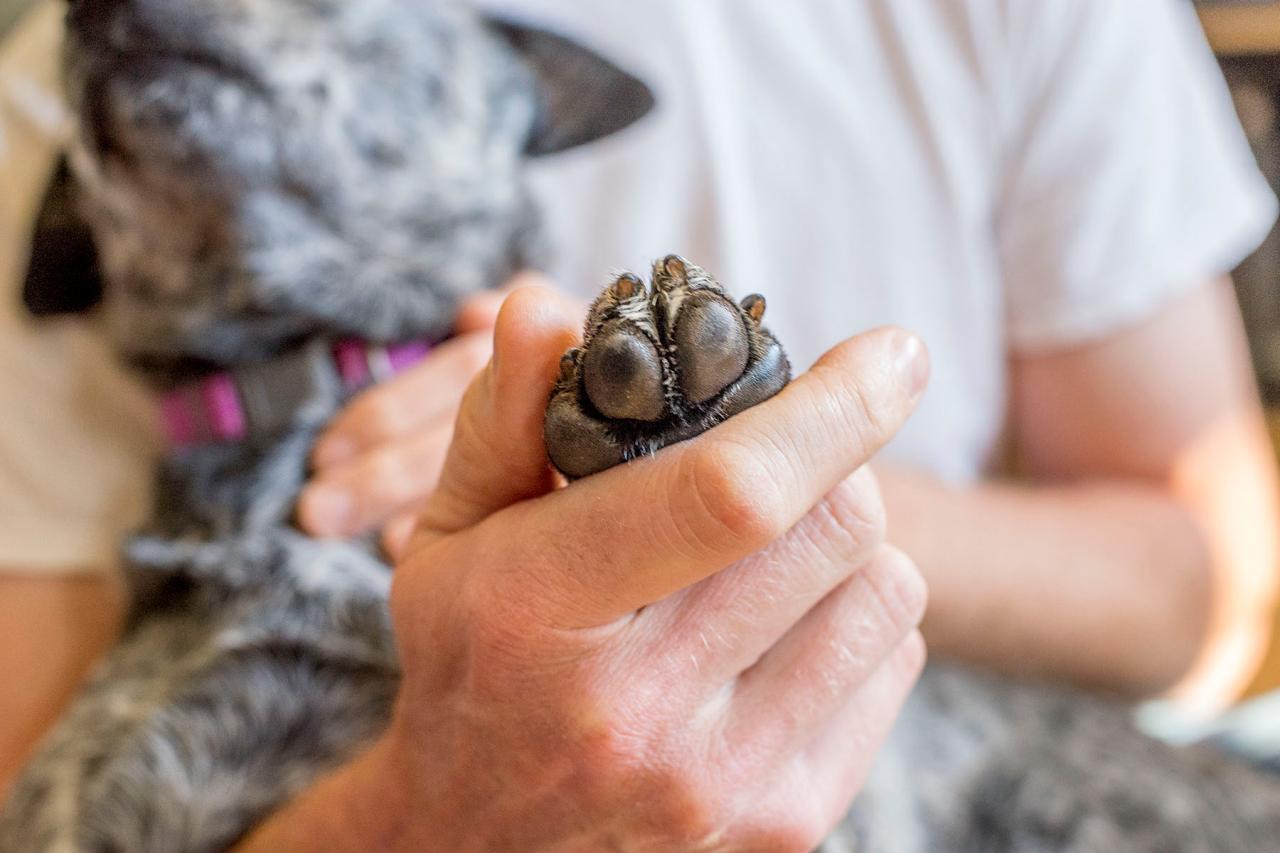If you are a dog owner, you understand how much your furry friend enjoys playing and exploring outdoors. However, as much as the great outdoors is a fun environment for your pet, it can also be dangerous. The sun, wind, dust, and even debris can hurt your pet's eyes. This is where dog goggles come in handy.
Dogs need goggles for many reasons. For instance, if you have a dog that loves to run around, play fetch, or go swimming, you may want to protect their eyes from debris such as dirt, sand, or grass. Additionally, if your dog has light-colored eyes, they may be more sensitive to the sun's harmful UV rays, which can lead to conditions such as cataracts. Goggles can also be beneficial for dogs that are prone to eye infections or have recently undergone eye surgery.
In this article, we will discuss everything you need to know about dog goggles, from their benefits to how to choose the best ones for your pet.

Benefits of Dog Goggles
Protect Your Dog's Eyes: Dog goggles are designed to protect your pet's eyes from UV rays, dust, wind, debris, and other environmental factors that could cause harm. Dogs, like humans, are susceptible to the harmful effects of UV rays. Exposure to UV rays can lead to a range of eye problems, including cataracts and eye tumors. Dog goggles are designed to block out harmful UV rays, protecting your dog's eyes from the damaging effects of the sun. This is especially important if you live in an area with high levels of UV radiation or if you frequently take your dog to the beach or other sunny locations.
Prevent injuries and infections: Dog goggles can also prevent injuries to your pet's eyes. When playing outdoors, dogs can easily get poked in the eyes by twigs, branches, and other sharp objects. The goggles can act as a shield, preventing these objects from hurting your pet's eyes. Dogs are naturally curious animals and can easily get into trouble when exploring their surroundings. One of the dangers that they face is eye infections from foreign objects such as dirt, and sand. Dog goggles can provide a barrier of protection to prevent foreign objects from entering your dog's eyes, reducing the risk of eye infections.
Can help with allergies: If your dog suffers from allergies, dog goggles can be a great help. Allergens such as pollen, dust, and grass can cause your dog's eyes to become irritated and itchy, leading to discomfort and even infections. Dog goggles can prevent allergens from entering your dog's eyes, reducing the likelihood of allergic reactions.
Reduces the risk of cataracts: Cataracts are a common eye problem in dogs, especially as they age. Cataracts can lead to vision loss and even blindness in severe cases. Dog goggles can reduce the risk of cataracts by protecting your dog's eyes from UV radiation and other environmental factors that can contribute to the development of cataracts.
Ideal for outdoor activities: If you and your dog enjoy spending time outdoors, whether hiking, camping, or simply going for a walk, dog goggles can be a great accessory to have. They can protect your dog's eyes from the sun, wind, dust, and other debris that can cause eye irritation or injury. This can make outdoor activities more enjoyable for both you and your furry friend.
Comfortable in harsh weather conditions: If you live in an area with harsh weather conditions, such as strong winds or snow, dog goggles can provide additional protection for your dog's eyes. They can prevent snow, wind, or rain from getting into your dog's eyes, reducing the risk of eye irritation and injury.
Reduce Anxiety: Some dogs can be nervous or anxious when going outside, especially in unfamiliar surroundings. Dog goggles can help these dogs feel more secure by providing a barrier of protection between them and their environment. This can help reduce their anxiety and make them feel more comfortable when going outside.
Enhance Visibility: Dog goggles can also enhance your pet's vision, especially in low-light conditions. They can help your dog see better in foggy, hazy, or cloudy weather. They can also reduce glare from the sun, snow, or water, making it easier for your dog to see and navigate their environment. Some goggles come with reflective lenses, which can make it easier for you to see your dog in the dark. This can be especially helpful if you take your dog for walks at night or in low-light conditions.
Fashion statement: Dog goggles aren't just functional, they can also be a fashionable accessory for your furry friend. There are many different styles and colors of dog goggles available, so you can find a pair that matches your dog's personality and style. Some even come with interchangeable lenses, so you can switch up the look depending on the occasion.
How to Choose the Best Dog Goggles
Consider the Size of Your Dog: When choosing dog goggles, it's important to consider the size of your dog. Just like with human goggles, dog goggles come in different sizes. A pair that is too small or too big will not provide adequate protection and comfort for your furry friend. It's recommended to measure your dog's head circumference and compare it with the sizing chart provided by the manufacturer.
Check the Quality of the Lens: The lens is the most important component of dog goggles. It should be made of high-quality materials that can provide protection against UV rays and other harmful elements. Look for lenses that are made of polycarbonate, which is a durable and shatterproof material.
Look for Anti-Fog Coating: Dogs tend to pant heavily, which can cause their goggles to fog up. To ensure clear vision, look for dog goggles that have an anti-fog coating. This will prevent moisture buildup inside the lens and provide a clear view for your furry friend.
Check the Strap Material: The strap material is also an important factor to consider when choosing dog goggles. It should be made of a durable material that can withstand wear and tear. Look for goggles that have adjustable straps, which can provide a secure and comfortable fit for your dog.
Consider the Design: Dog goggles come in various designs, from sporty to fashionable. While it's important to choose a pair that fits your dog's needs, you can also consider their style preferences. Some dogs may be more comfortable with a particular design, so it's worth exploring different options.
Read Reviews: Before making a purchase, it's always a good idea to read reviews from other pet owners. This will give you an idea of the quality and effectiveness of the goggles. Look for reviews that mention the durability, comfort, and overall performance of the goggles.
Consult with Your Veterinarian: If you're still unsure about which dog goggles to choose, consult with your veterinarian. They can provide recommendations based on your dog's breed, size, and health condition. They can also advise on how to properly introduce your dog to wearing goggles. With these tips in mind, you can now confidently choose the best dog goggles for your furry friend. Remember to prioritize comfort and safety, and always consult with a professional if you have any concerns.
Different types of dog goggles
There are a few different types of dog goggles available, each with their own features and benefits. Some are designed for specific activities, such as swimming or hiking, while others are more general-purpose. Some popular types of dog goggles include:
- Wrap-around goggles: These goggles provide full coverage around your dog's eyes, protecting them from all angles.
- Visor goggles: These goggles have a visor that extends out from the top of the frame, providing additional protection from the sun and wind.
- Swimming goggles: These goggles are designed specifically for dogs who love to swim, and are usually made from waterproof materials.
- Ski goggles: These goggles are designed to protect your dog's eyes from the snow and wind during winter activities.

How to Train Your Dog to Wear Goggles
Some dogs may be hesitant to wear goggles at first, but with patience and positive reinforcement, you can train them to wear them comfortably. Here are a few tips:
- Introduce the goggles slowly, letting your dog sniff and inspect them before attempting to put them on.
- Use treats and praise to reward your dog for wearing the goggles and gradually increase the amount of time they wear them.
- Practice putting the goggles on and taking them off regularly so your dog becomes comfortable with the process.
- Gradually increase the length and intensity of the activities where your dog wears the goggles.
Here are some tips to make goggles training more effective:
- Use high-value treats to reinforce positive behavior.
- Keep training sessions short and fun.
- Gradually increase the amount of time your dog wears the goggles.
- Be patient and do not force the goggles on your dog.
- Use positive reinforcement and praise to encourage your dog.
Here are some common mistakes to avoid when training your dog to wear goggles:
- Rushing the process and forcing the goggles on your dog.
- Using punishment or negative reinforcement to train your dog.
- Choosing goggles that are the wrong size or fit for your dog.
- Neglecting to use positive reinforcement and praise during training.
- Not gradually increasing the amount of time your dog wears the goggles.

Conclusion
Dog goggles are a great investment for any dog owner who loves to take their pet on outdoor adventures. They protect your pet's eyes from harmful UV rays, dust, wind, debris, and other environmental factors. When choosing dog goggles, consider the size, quality, UV protection, and style. Training your dog to wear goggles takes time, but it's worth the effort.
FAQs
Sure, here are some FAQs about dog goggles:
1. Do all dogs need goggles?
Not all dogs need goggles, but they can benefit from them, especially if they have eye problems or are prone to eye injuries.
2. Can dogs wear human goggles?
No, dogs should wear goggles that are specifically designed for their size and shape.
3. How do I know if the goggles fit my dog?
The goggles should fit snugly around your pet's eyes without being too tight or too loose. Look for goggles that come in different sizes and consider the shape of your pet's head when making your choice.
4. How do I train my dog to wear goggles?
Training your dog to wear goggles takes patience and consistency. Start by introducing the goggles to your pet without putting them on. Once your dog is comfortable with the goggles, place them on your pet's head for a few seconds, then remove them. Repeat this process several times a day, gradually increasing the time your dog wears the goggles. Reward your dog with treats and praise when they wear the goggles successfully.
5. What are the benefits of dog goggles?
Dog goggles can protect your pet's eyes from harmful UV rays, dust, wind, debris, and other environmental factors. They can also prevent injuries to your pet's eyes and enhance their visibility in low-light conditions.
6. Can I train an older dog to wear goggles?
Yes, older dogs can also be trained to wear goggles, but it's important to introduce them gradually and be patient with the process.
7. How do I clean my dog's goggles?
You can clean your dog's goggles with a mild soap and warm water, making sure to rinse thoroughly and allow them to air dry.
8. Can dog goggles be used in water?
Yes, there are specific types of dog goggles that are designed for use in water, such as when swimming or playing in the ocean.
9. Can dog goggles cause discomfort or irritation?
If the goggles don't fit properly or are made from low-quality materials, they could cause discomfort or irritation. It's important to choose a pair that fits well and is made from comfortable materials.10. Are there different types of dog goggles? Yes, there are different types of dog goggles available. Some are designed for specific activities, such as swimming or running. Others may have different lens colors or styles. It's important to choose the right type of goggles based on your dog's needs and activities.
For more helpful articles about pet-parenting tips, check out the Off Leash blog at TryFi.com.
Want to know more about TryFi.com? The Fi Dog Collar is a GPS tracking collar that not only keeps track of your dog’s location, activity levels, and sleep patterns, but it also alerts you if your dog escapes your backyard. This is the fastest way to find your dog after an escape. Try the Fi Dog Collar today!






